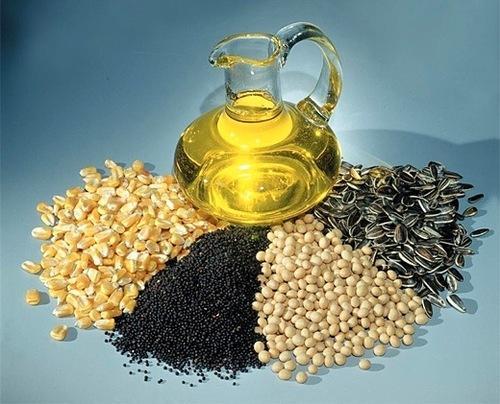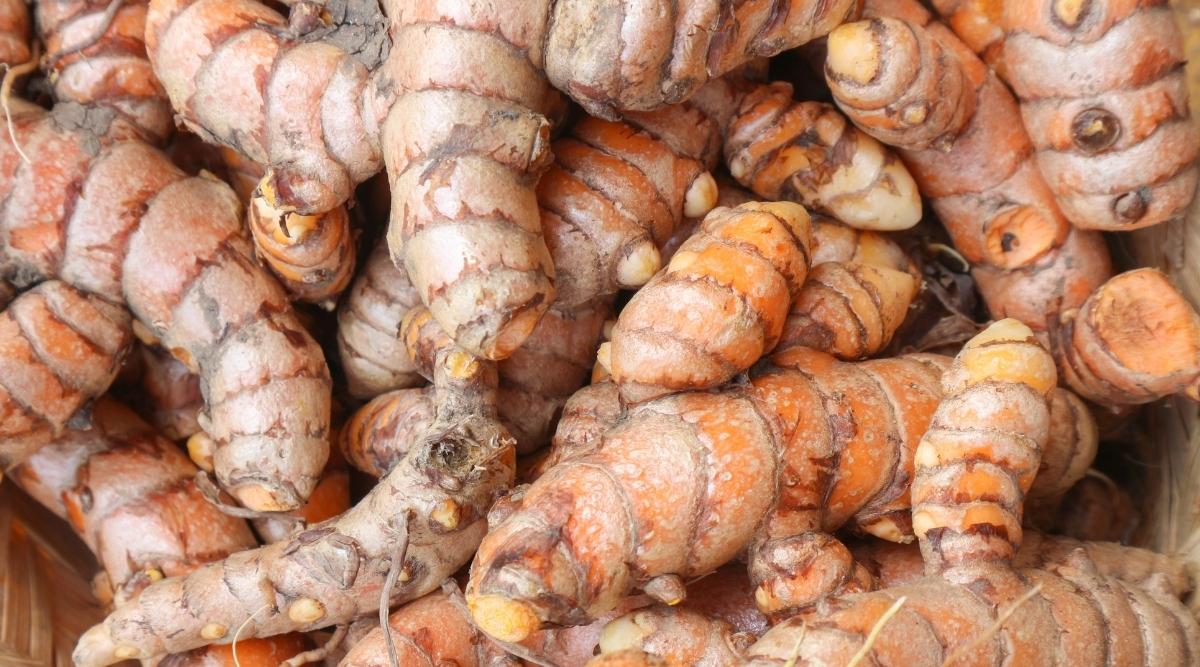Jeera prices yesterday increased by 1.32% to 63400 due to a limited supply brought on by the wet weather. However, the domestic and foreign demand for cumin is now weak. Gujarat, Rajasthan, and other regions have seen disruptions in the cumin industry as a result of excessive rains having an impact on cumin quality. The price of cumin has temporarily corrected due to imports and exports from China, with a recent $200 drop in the international market.
The market dynamics are made even more unpredictable by the potential for China to purchase Indian cumin in October or November prior to the introduction of fresh cumin. 210 metric tonnes of cumin were imported in May 2023, a significant increase of 227.73% above the 64 metric tonnes imported in April 2023. Cumin demand is expected to exceed 85 lakh bags this year, with a likely supply of 65 lakh bags, according to FISS projections.
The amount of jeera shipped from April through May 2023 increased by 67.90% to 42,988.50 tonnes from 25,603.35 tonnes exported from April through May 2022. Around 25,903.63 tonnes of jeera were shipped in May 2023 as compared to 17,084.87 tonnes in April 2023, a jump of 51.52%. Around 25,903.63 tonnes of jeera were shipped in May 2023 compared to 14,894.62 tonnes in May 2022, an increase of 73.91%. Jeera prices in Unjha, a significant spot market in Gujarat, crept up by 516.25 rupees to close at 62183.7 per 100 kg.
Technically, the market is experiencing new buying as open interest increased by % to settle while prices increased by 825 rupees. Currently, Jeera is receiving support at 62800, and a move below that level could result in a test of the 62200 levels. Meanwhile, resistance is now likely to be seen at 64000, and a move above could result in prices testing 64600.

